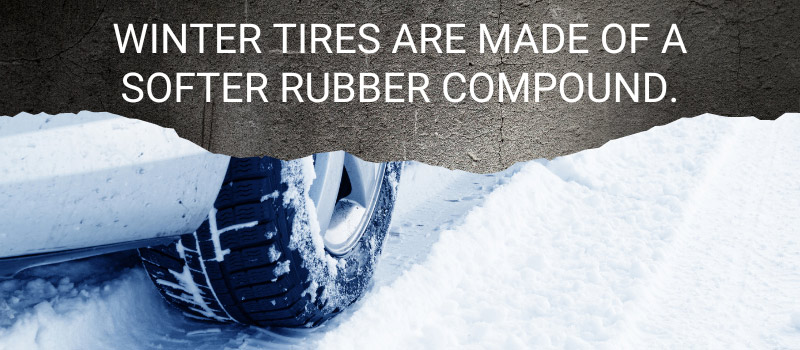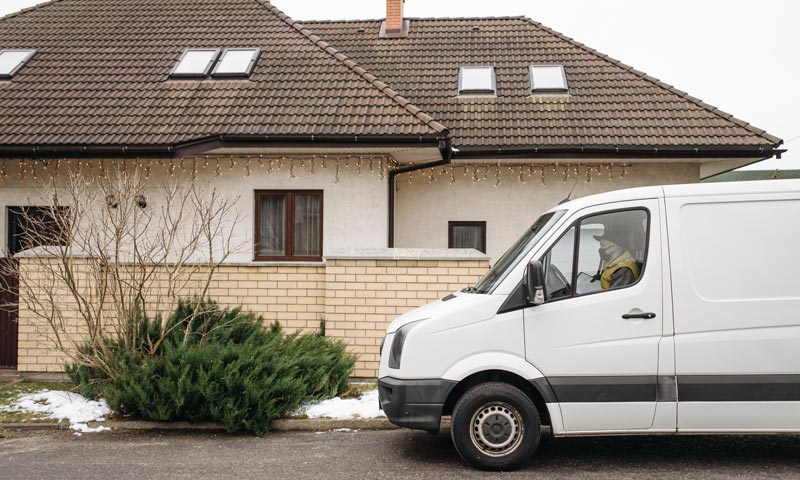Written by Industrial Stores Staff 11/30/22
Of all the seasons, winter requires the most preparation and care in order for your HVAC technicians to remain safe.
As they work out in the field, they’ll rely on your service van for transportation and the storage of all the HVAC service tools they need.
An organized, well-set service van will provide easy access to tools and keep your technicians productive. But what matters most is that they make it to the job site safely.
In the winter, HVAC technicians experience weather-related challenges on the road that lower their productivity and compromise their safety.
These include:
Drivers need to use extra caution during the winter months, and the fleet maintainers must ensure that every vehicle is prepared to handle slippery roads and cold temperatures.
It’s important to keep these five winter safety tips in mind to ensure you stay safe on the road:
One way to stay safe on the road during winter is to ensure that your service van is in its best driving condition.
To keep the van in good technical repair, you’ll need to give it a complete check, paying close attention to the following areas:

The traction between your tires and the road determines how well your vehicle rides, starts, and stops, all of which are crucial when the roads are slippery.
Winter tires are made of a softer rubber compound than summer and all-season tires and have several thin cuts in the tread, giving them a stronger and better grip.
Check out some other key differences between winter tires and all-season tires in the table below.
Also, remember to keep these points in mind when selecting your new tires:
No matter the time of year, you always want to have your HVAC service tools with you.
But apart from the HVAC tools needed for the job, every service van should also have emergency supplies on hand to keep you safe should you find yourself stuck or stranded.
Before heading out, ensure that the van is stocked with the following items:
Even with these items in the van, HVAC technicians should dress appropriately to keep warm, safe, and healthy:

Keeping your service van well ventilated helps to prevent window condensation, one of the greatest barriers to safety during the winter months.
Condensation occurs when the temperature and moisture levels inside your van are different from those outside. The warm air inside the van condenses on the cold windows, causing a fog—that greatly affects visibility—to form.
To keep your service van well-ventilated:
Learn More: 4 Simple Ways to Reduce Winter Window Condensation

Before setting out on the road, ensure you have clear visibility through all of the van’s windows.
Pull the van into an open space and let it warm up and de-ice or de-mist for 10–15 minutes.
Driving your service van before letting it de-mist will result in driving with limited vision, which can easily lead to accidents.
If any ice or snow remain on the vehicle after the stipulated time, use a scraper to remove it before driving.
A fully equipped service van that’s winter-ready will help you create trust with your clients. No customer wants to experience delays or have to reschedule an appointment because your van broke down or got stuck in the snow.
At Industrial Stores, we understand how important exceptional customer service is to any reputable business. To ensure your service van is stocked and ready for the road, we offer HVAC/R service tools at affordable prices, available in the shortest amount of time.
"... I ordered (6) RIBs on Tuesday, and they came on Wednesday! Unheard of without paying for overnight shipping! … Thank you …"
— Janet Wartschow
Contact us today for high-quality HVAC equipment and components that your service van needs, or create your profile to enjoy our personalized fast and efficient services.
Share on Facebook: